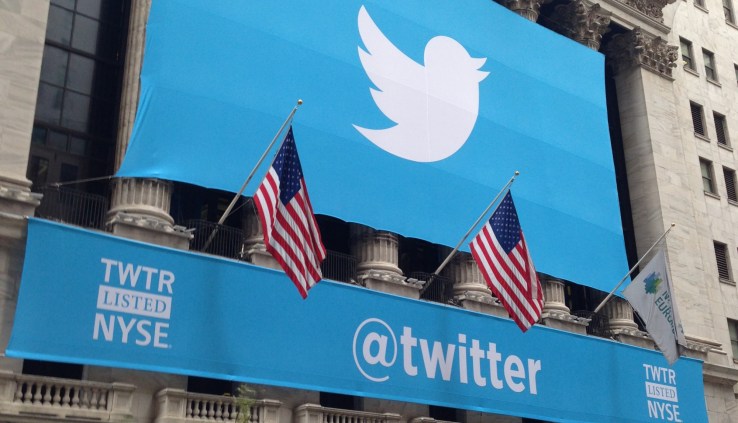
Apple CEO Tim Cook is doing a tour in part to help prepare the world
for the launch of the Apple Watch, which is likely going to be the start
of the show at a special event on Monday March 9 at the Yerba Buena
Center in San Francisco. He spoke to The Telegraph
about the company’s first smart wearable and talked about what will
motivate a purchase decision for the Apple Watch now, and why it’ll only
get more attractive as time goes on.
Cook told the Telegraph that he suspects an initial driver
for sales will be that consumers want the Apple Watch as a fashion
statement, and the company has clearly been hard at work setting up the
accessory in that light. The watch is also incredibly accurate, Cook
reminds us, able to keep time within 50 milliseconds of variation. But
the apps are the real story, and in the end the Apple Watch is still a
convenience accessory – with the opportunity to become even more
powerful in that regard once it’s present in the real world in a
sizeable population, which will drive integrations with more of the
other devices that we use on a daily basis.
In the Telegraph interview, Cook offers the example of the Apple
Watch replacing your car’s physical keys or dedicated fob. It’s a
powerful use case to propose because it’s immediately apparent that if
one already has an Apple Watch for the benefits of notifications and
communication it offers, migrating the functions of other dedicated
gadgets with similar radio and sensor loadouts to the wearable makes a
ton of sense.
Smartwatches are already pretty abundant, but the difference an Apple
Watch can offer isn’t limited to just Apple’s ability to take existing
concepts and refine the hardware and software experience into something
people are actually going to enjoy and find indispensable. It also has
the power to effect complementary changes in adjacent industries, thanks
to its ability to sell devices at great scale. A car maker might not
currently see why they should offer Android Wear compatibility, for
instance, but once there are even 5 million Apple Watches in circulation
in the U.S., as a blind example, such functionality becomes a
value-added selling feature for potential owners.
A car key fob is low-hanging fruit, in that it would probably require
very little work to make a reality, at least in terms of technical
changes required. But you can easily see how appliance makers, smart
home platform operators, public transit corporations, airlines, hotels
and more might start to see the benefits of setting up communication
with a device worn by a fair portion of their clients and consumers –
and a group that’s generally more free with their spending than other
demographics, on top of that.
The Apple Watch has enough hype, style and substance to be a success
out of the gate, but the longer-term story that will be told once sales
volume moves adjacent markets is the most interesting in terms of
broader impact for our everyday lives.
ALL CREDIT GOES TO:- http://techcrunch.com/


















